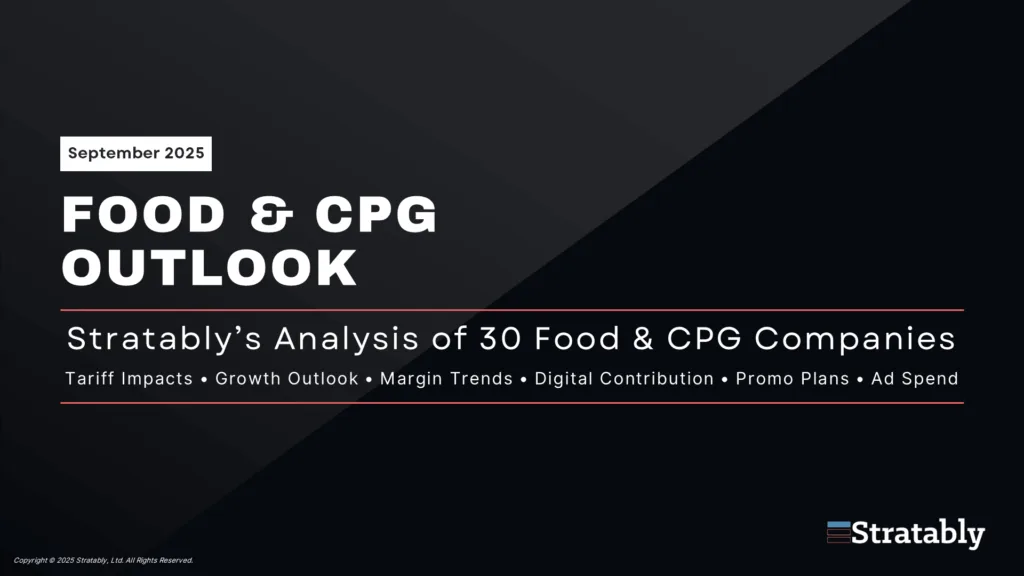February 21, 2024
83% of consumer brands Stratably polled indicated direct-to-consumer (DTC) is an important part of their strategy this year.
While all of these brands want to drive more sales and gather more data from their DTC site, only 7% are using Amazon’s Buy with Prime program, which is designed to improve conversion rates by 25% on average.
There are several reasons why adoption isn’t higher:
- It’s a relatively new program
- Brands are unsure what data Amazon will own
- There is general skepticism on the conversion rate improvement stat
- And it challenges brands’ internal silos between DTC teams and Amazon teams
We teamed up with Raj Sapru from Netrush for an independent review of Buy with Prime.
Importantly, Amazon didn’t sponsor the event and Netrush didn’t pay to talk about it (note – all of Stratably’s sessions follow this approach!). The combination of these two facts means you’re getting an unfiltered perspective on the pros and cons of the program from an experienced retail leader that has been testing the program over the last year.
The live session covered:
- An overview of how Buy with Prime works
- Common challenges it presents inside brands
- An assessment of three key flows (inventory, money, data)
- A review of conversion rate changes, cost vs. typical DTC, and implementation effort
Action Items & Insights:
- Conversion rate improvement: On average, Netrush’s own experience surpasses Amazon’s claim of 25% conversion rate improvements. For the Enzymedica case study shared, their conversion rate improved 34%. These higher conversion rates are most likely to occur on websites with at least 50,000+ monthly visitors, while less trafficked websites will likely not see as strong of improvement. Amazon’s ability to estimate shipping, deliver the items more quickly, and save the user from completing a lengthy form all contribute to better conversion.
- New to Brand spike: Netrush has seen a large number of “new-to-brand” customers on DTC sites following implementation of Buy with Prime. They believe these are consumers that would have otherwise jumped to Amazon and bought there, bought from another brand on Amazon, or simply didn’t purchase. Relatedly, Netrush has not seen strong evidence that the increase in DTC sales is cannibalizing Amazon sales. Thus, the total pie between Amazon sales and DTC sales seems to grow following program implementation.
- Shipping rates: While shipping costs for Buy with Prime are higher than FBA, they are typically lower than what a brand can achieve for their DTC site when comparing similar shipping speed. Brands need to analyze shipping cost comparisons to determine if the conversion rate advantage is sufficient to cover any additional shipping cost from Amazon.
- Keeping a DTC customer: In addition to all the normal information a brand receives from a DTC sale, they also receive information when a sale is completed through Buy with Prime. Brands can then use a different email marketing flow to these specific Buy with Prime customers to try to keep them as a DTC customer rather than have them buy from Amazon in the future.
- Price matching: Netrush has not seen instances where Amazon changes its price matching focus based on the price found on the brand’s DTC page.
- Implementation: Amazon claims it takes 45 minutes to set up, while Netrush has found it typically takes three hours along with a relatively small degree of ongoing technical support.
- Vendor Manager Approval: 1P brands that want to participate in Buy with Prime need the approval of their vendor manager. Vendor managers do not seem opposed to providing approval, and the Buy with Prime team has dedicated support for 1P brands.


